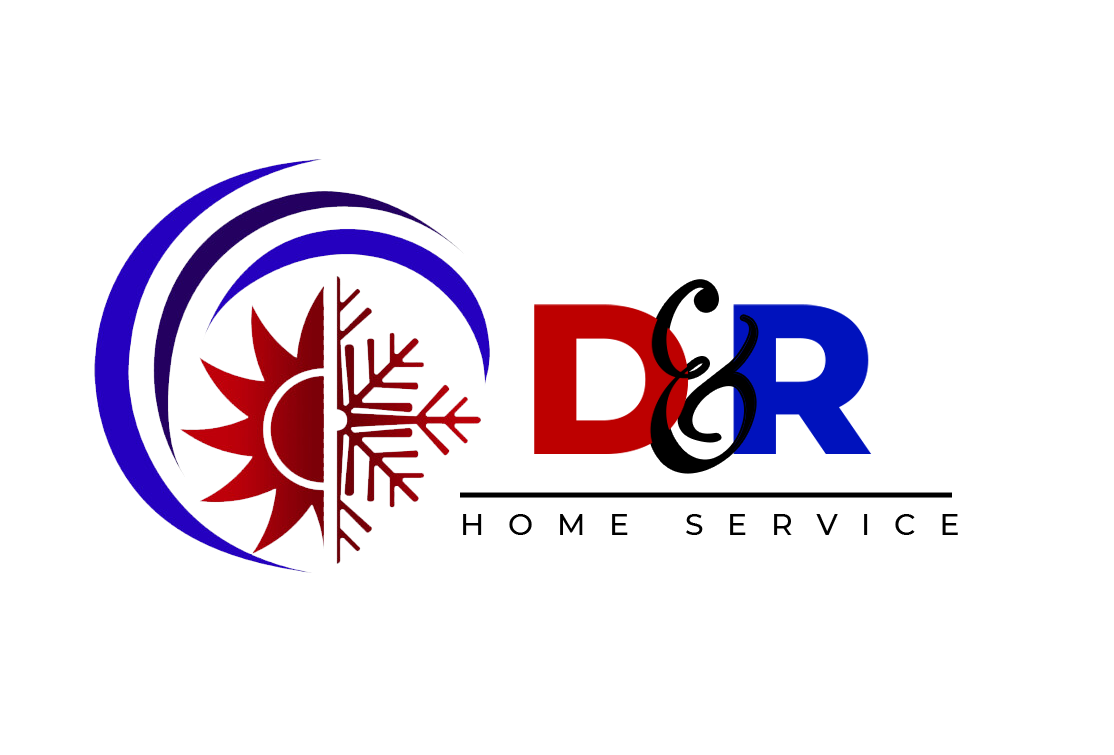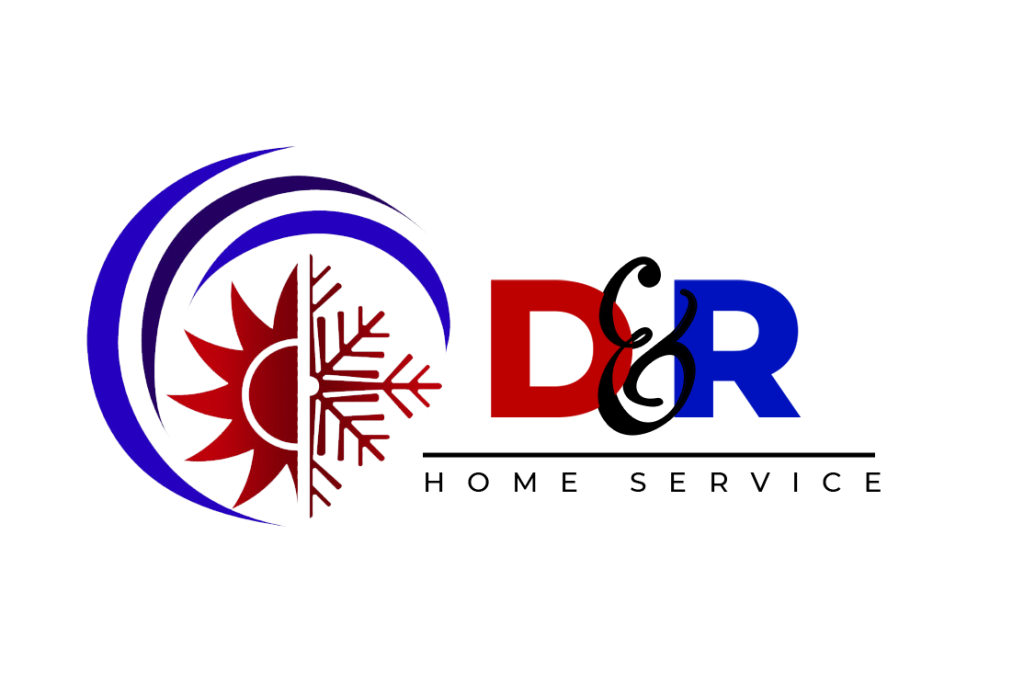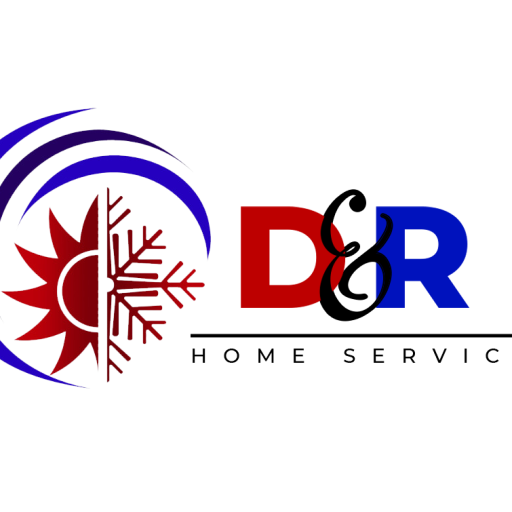Have you noticed your mini-split AC system not keeping your rooms as comfortable as it used to? Ductless mini-split systems are a popular choice for many homes because they are energy efficient, easy to install, and can heat or cool individual rooms. But even these reliable systems can have problems over time.
In this guide, we will help you spot early warning signs, share simple ways to check your system, and explain when it is time to call a mini split technician. By the end, you will know how to keep your ductless mini-split systems running smoothly all year long.
How Ductless Mini-Split Systems Work
To understand why your ductless mini-splits system repair might be needed, it helps to know how these systems work. A mini-split AC system has two main parts: the indoor unit and the outdoor compressor. The indoor unit blows cool or warm air into your room, while the outdoor compressor moves refrigerant between the two units. This simple setup allows for heating and cooling without ducts, making it perfect for homes with multiple zones.
In multi-zone setups, each indoor unit works independently, so one failing unit can affect a room but not the rest of the house. Understanding this makes troubleshooting mini splits easier. This is exactly why knowing how your system moves air and refrigerant not only helps in diagnosing mini split issues but also avoids expensive repairs.
Common Signs Your Mini-Split Needs Repair
Your ductless mini-split system is one of the most reliable HVAC systems in your home, but like any appliance, it can run into problems over time. Let’s look at the most common signs something might be wrong, explain why they happen, and give you simple examples so you can spot issues before they turn into expensive repairs.
Mini Split Not Cooling or Heating Properly
You may notice that even when you set your ductless AC to a comfortable temperature, your living room stays warm but your bedroom feels chilly. And when this happens, it is common for homeowners to ask, why is my mini split not heating or why is my mini split not blowing cold air.
The most common cause for this is a split unit not cooling due to low refrigerant, a faulty compressor, or even thermostat issues. So if your unit is running but the room never reaches the temperature you set, it’s a clear sign that it’s time for mini-split repair.
Mini Split Won’t Turn On
Has your mini split stopped working or won’t respond when you try to turn it on? This is a common issue with many homeowners and usually points to something electrical or a problem with the controls. The most common causes can include electrical problems, a tripped breaker, or issues with your thermostat or remote.
Start by checking the power supply and replacing batteries in your remote. If the unit still does not work, it’s best to call an AC technician for mini split air conditioning repair. They can safely diagnose and fix the problem before it leads to bigger issues.
Unusual Noises
Have you noticed buzzing, clicking, or grinding sounds coming from your mini split? Strange noises are often an early warning sign that something inside your system is not working right. For example, a rattling sound might mean a fan blade is loose, while a grinding noise could indicate that the motor bearings are wearing down.
Ignoring these sounds can lead to bigger problems, like a motor burnout or compressor damage. The safest way to address this is to repair mini split air conditioner issues as soon as you hear unusual noises.
Foul or Musty Odors
Oftentimes, your mini split air conditioner starts emitting a musty or unusual smell like it is trying to tell you something. In most cases, this is caused by mold or mildew growing inside the unit or along the drainage lines. Other times, a burning smell can indicate overheating electrical components.
Before it becomes a serious issue, check your filters and ensure the drain line is clear. Persistent odors mean it’s time for professional split AC unit repair. A mini split technician can safely clean the system, remove mold, and ensure your air stays fresh while preventing damage to your system.
Ice Build-Up Inside or On Coils
Seeing frost or ice inside your mini-split AC system or on the outdoor coils is never a good sign. Ice build up inside usually means something is preventing the system from moving air or refrigerant properly. Dirty coils, low refrigerant, or a fan that isn’t spinning right are common culprits.
Left unchecked, the ice can damage the coils and reduce the system’s efficiency. An AC repair expert can safely clear the ice and fix the underlying problem, keeping your home comfortable and preventing costly repairs down the line.
Reduced Airflow or Weak Cooling
Sometimes your ductless AC seems to be running, but the air coming out feels weak or the room never reaches the temperature you want. This is a common sign of mini splits not working as efficiently as they should.
Clogged filters, blocked vents, or dust on the coils can all reduce airflow. Even a small obstruction in the indoor unit can make a big difference in how quickly a room cools or heats. Regularly checking filters and keeping the area around the indoor unit clear can prevent many of these issues and keep your home comfortable.
Multi-Zone Mini Split Issues
In homes with multiple indoor units, there’s one small problem that can ripple across the whole system. You might notice one room staying too warm or too cold while the others are fine. This is often a sign of multi zone mini split problems.
It can be caused by a malfunctioning indoor unit, uneven airflow, or issues with refrigerant distribution. For instance, your upstairs bedroom may stay warm even when the living room is comfortable, meaning the problem is limited to that area.
Unusually High Energy Bills
Noticing a sudden jump in your electricity bill is never a pleasant sight, especially when nothing else in your home has changed. In many cases, unusually high energy usage points to hidden issues with your mini splits not working efficiently.
Clogged filters, dirty coils, or worn-out components can make your ductless mini-split system work harder than it should. Older units also tend to lose efficiency over time, consuming more energy to reach the same temperature.
Monitoring your bills regularly is a simple way to catch early signs of trouble. If energy costs keep climbing, it’s a good sign that you may need maintenance or repair.
Common Causes of Mini-Split Malfunctions
Understanding what causes mini split common problems can help you prevent bigger issues and know when it’s time for mini split repair. Here are the main culprits:
- Dirty or clogged air filters: When filters are blocked with dust or debris, airflow is reduced, making your ductless mini-split system work harder and reducing efficiency.
- Refrigerant leaks: Low refrigerant can cause poor cooling or heating, ice build-up, and even damage to the compressor over time.
- Electrical faults: Problems with wiring, fuses, or the control board can lead to inconsistent operation or complete system shutdown.
- Faulty compressor or fan motor: If these components fail, your AC system may stop cooling or heating like it used to, and you might also hear strange noises.
- Thermostat or control board failures: Malfunctions in the thermostat or control board can result in inaccurate temperatures or units not responding correctly.
- Improper installation or lack of maintenance: Skipping regular check-ups or installing the system incorrectly can cause recurring issues, uneven airflow, or troubleshooting mini splits challenges down the road.
Preventative Maintenance Tips
Keeping your ductless mini-split in top shape doesn’t have to be complicated. A little regular care goes a long way in avoiding costly repairs and keeping your home comfortable.
Clean and replace air filters regularly
Filters trap dust, allergens, and debris. Checking them every month and washing or replacing them as needed ensures proper airflow and reduces strain on your system.
Check refrigerant levels annually
Low refrigerant affects cooling and heating efficiency. Having a professional inspect refrigerant levels during your annual check-up can prevent mini split air conditioning repair issues before they escalate.
Schedule professional inspections
For multi-zone setups, a technician can check each indoor unit, verify refrigerant lines, and ensure the system is balanced. This helps prevent multi zone mini split problems and keeps every room comfortable.
Use smart thermostats
Smart controllers optimize your system’s performance, track energy use, and even alert you to potential issues. This proactive monitoring is a simple way to improve efficiency and avoid unnecessary mini split maintenance headaches.
Final Thoughts
Early detection plays an important role when it comes to keeping your ductless mini-split systems running efficiently. Recognizing early warning signs of a mini-split AC system not performing correctly can save you time, money, and hassle. From reduced cooling and heating to unusual noises, ice build up inside, or rising energy bills, understanding these issues helps you take action before small problems turn into major repairs.
Ductless mini split repair is a job best left to professionals. At D&R Home Service, we provide expert AC repair services that restore your system to peak performance, ensuring constant comfort and efficiency. Call us today at (443) 868-4022 or visit D&R HOME SERVICE to learn more about how we can help you.
FAQs
When your mini split runs but doesn’t cool or heat the room, it usually indicates low refrigerant levels, clogged filters, or a failing compressor. Check the air filters and clean them first. If the issue continues, it’s best to schedule a mini split repair to inspect refrigerant pressure and the system’s components.
Repairing is usually more cost-effective for newer units or minor issues, while replacement is recommended for older, inefficient systems. Regular maintenance by certified technicians can extend the system’s life and maintain optimal efficiency.
Repairs generally range from $150 for minor electrical issues to over $1,000 for major compressor or refrigerant repairs. On average, maintenance and repair costs typically amount to $200 to $400 per year as the system ages.
Yes, it might sound weird. But leaving your mini-split on all the time is actually more energy efficient. ACs consume more energy to kick off the cycle every time you turn it on.
Ductless mini-splits typically last 10 to 20 years, though this can vary significantly based on factors like proper installation, quality of the unit, consistent professional maintenance, and how heavily it’s used.


